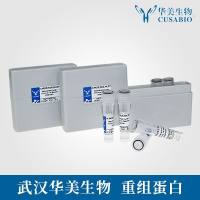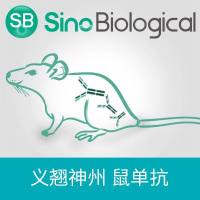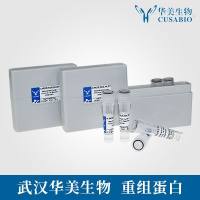Processing of Microdissected Tissue for Molecular Analysis
互联网
Processing of Microdissected Tissue for Molecular Analysis
DNA-based Studies
More than 10,000 Cells
Less than 10,000 Cells
Formalin-fixed, Paraffin-embedded Tissue
Other Fixatives
Timing
These methods were successful in our lab using prostate tissue and for our specific objectives. Investigators must be aware that they will need to tailor the following protocol for their own research objectives and tissue under study.
Less than 10,000 Cells
If the number of cells procured is minimal, e.g., dissection of pre-malignant lesions, then a simple proteinase K treatment prior to PCR is recommended.
Procured cells are suspended in buffer containing 10 mM Tris-HCl, 1 mM ethylenediamine tetraacetic acid (EDTA), 1% Tween 20, and 0.1 mg/ml proteinase K, pH 8.0, and incubated overnight at 37°C. Longer incubation times, higher incubation temperatures, and higher concentrations of proteinase K have been reported to improve the quality of DNA recovered from fixed tissue sections. The sample is subsequently boiled for 8 minutes to inactivate the proteinase K and the DNA is ready for PCR analysis.
TIP: If a lesion or particular cell population containing very small numbers of cells is desired, it is recommended that the identical lesion from as many consecutive histologic recuts as possible be dissected to maximize the total number of cells procured.
TIP: There is no optimal number of cells that should be collected from a microdissection since results vary significantly depending on the tissue source. For frozen tissue approximately 20 cells/µl of extraction buffer is recommended as a good starting point; however, more cells per PCR reaction may be needed for DNA recovered from formalin-fixed, paraffin-embedded tissue.
Formalin-fixed, Paraffin-embedded Tissue
PCR amplification of DNA recovered from standard formalin-fixed, paraffin-embedded tissue is possible and allows investigators to perform studies on archival patient material. Studies on processed tissue have the general advantages of abundant samples for study, high quality of histologic detail for studying dysplastic and pre-malignant lesions, and frequent availability of follow-up clinical information on patients. However, these studies are often technically challenging. The type of fixative used and the fixation time impact heavily on the quality of the DNA recovered after microdissection, thus PCR amplification signals may be widely disparate among samples in a study.
TIP: If a sample does not initially give a PCR product, a ten-fold dilution of the boiled sample may yield a strong PCR product due to dilution of tissue inhibitors of DNA polymerase.
TIP: Utilization of PCR primer sets that produce products in the 150-200 bp range is optimal since the DNA is often crosslinked and/or fragmented, and larger products may not be reliably amplified.
Other Fixatives
Fixatives containing heavy metals or low pH should be avoided. Non-formalin-based fixatives generally result in recovery of better quality DNA and may become increasingly important for routine processing of tissue samples in the future as the field of molecular pathology evolves.
Timing
Routine care in tissue processing is also helpful, including immediate processing of samples after surgery and slicing of tissue samples into thin sections to allow rapid penetration of fixative. Over fixation (>24 hours) should be avoided.








